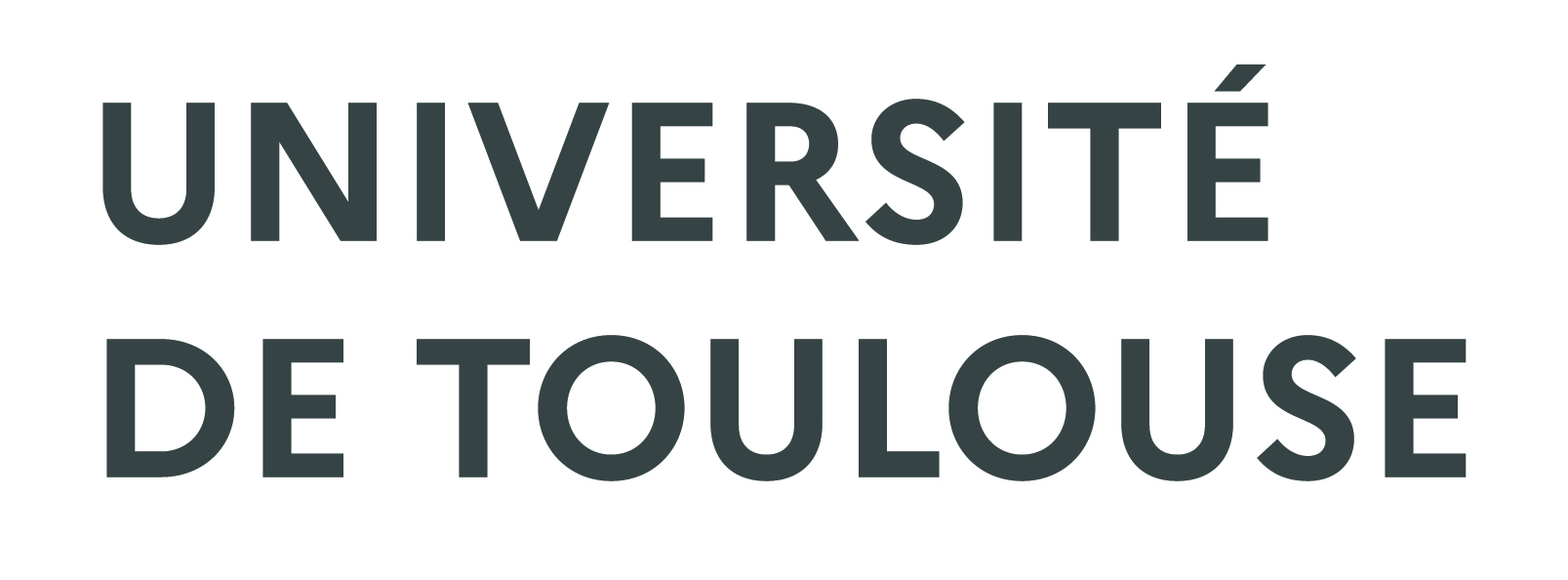Clinical outcomes with high-intensity statins according to atherothrombotic risk stratification after acute myocardial infarction: The FAST-MI registries
Évolution clinique avec des statines de forte intensité selon le risque athérothrombotique après un infarctus du myocarde (à partir des registres FAST-MI)
Résumé
Background: Current guidelines strongly recommend high-intensity statin therapy after acute myocardial infarction.Methods: We used data from the FAST-MI 2005 and 2010 registries - two nationwide French surveys including 7839 consecutive patients with acute myocardial infarction. Level of risk was stratified in three groups using the TRS-2P score: Group 1 (low risk; TRS-2P=0-1); Group 2 (intermediate risk; TRS-2P=2); and Group 3 (high risk; TRS-2P≥3).Results: Among the 7348 patients discharged alive with a TRS-2P available, high-intensity statin therapy was used in 41.3% in Group 1, 31.3% in Group 2 and 18.5% in Group 3. After multivariable adjustment, high-intensity statin therapy was associated with a non-significant decrease in major adverse cardiovascular events (death, stroke or recurrent myocardial infarction) at 5 years in the overall population compared with that in patients receiving intermediate- or low-intensity statins or without a statin prescription (14.3% vs 29.6%; hazard ratio 0.94, 95% confidence interval 0.81-1.09; P=0.42). In absolute terms, the decrease in major adverse cardiovascular events was positively correlated with risk level (Group 1: 8.1% vs 10.7%; Group 2: 14.8% vs 21.6%; Group 3: 30.8% vs 51.6%). However, after adjustment, the benefits of high-intensity statin therapy were associated with lower mortality only in high-risk patients (hazard ratio 0.79, 95% confidence interval 0.64-0.97; P=0.02).Conclusions: High-intensity statin therapy at discharge after acute myocardial infarction was associated in absolute terms with fewer major adverse cardiovascular events at 5 years, regardless of atherothrombotic risk stratification, although the highest absolute reduction was found in the high-risk TRS-2P class.
Contexte: La prescription des fortes doses de statine (FDS) est actuellement recommandée chez les patients après un infarctus du myocarde (IdM).Objectifs:Analyser la relation entre la prescription de FDS à la sortie et le devenir clinique à long terme selon le niveau de risque défini par le score de prévention secondaire TIMI (TRS-2P) après un IdM.Méthodes: Nous avons utilisé les données des registres FAST-MI 2005 et 2010, 2 enquêtes nationales ayant inclues consécutivement 7839 patients avec un IdM. Le niveau de risque a été stratifié en 3 groupes selon le score TRS-2P : Groupe 1 (bas risque ; TRS-2P = 0–1) ; Groupe 2 (risque intermédiaire ; TRS-2P = 2) ; et le Groupe 3 (haut risque ; TRS-2P ≥ 3).Résultats: Sur les 7348 patients survivants (avec un TRS-2P disponible), la prescription de FDS était de 41,3 % (Groupe 1), 31,3 % (Groupe 2) et 18,5 % (Groupe 3). Après ajustement, la prescription de FDS était associée à une baisse (non significative) des évènements cardiovasculaires majeurs (MACE, décès, accident vasculaire cérébral ou récidive d’IdM) à 5 ans dans la population globale comparée aux patients avec une dose intermédiaire/faible de statines ou sans statine (14,3 % vs 29,6 % ; HR 0,94, IC 95 % 0,81–1,09 ; p = 0,42). En valeur absolue, cependant la baisse des MACE était corrélée positivement au niveau de risque (Groupe 1 : 8,1 % vs 10,7 % ; Groupe 2 : 14,8 % vs 21,6 % ; Groupe 3 : 30,8 % vs 51,6 %). Les bénéfices des FDS étaient toutefois associés à une réduction de la mortalité après ajustement uniquement chez les patients à haut risque (HR 0,79, IC 95 % 0,64–0,97 ; p = 0,02).ConclusionsLa prescription: des FDS après un IdM était associée à une baisse des MACE à 5 ans en valeur absolue quelle que soit le niveau de risque athérothrombotique, bien que la réduction absolue la plus élevée ait été retrouvée dans la catégorie du TRS-2P à haut risque.
| Origine | Fichiers produits par l'(les) auteur(s) |
|---|




